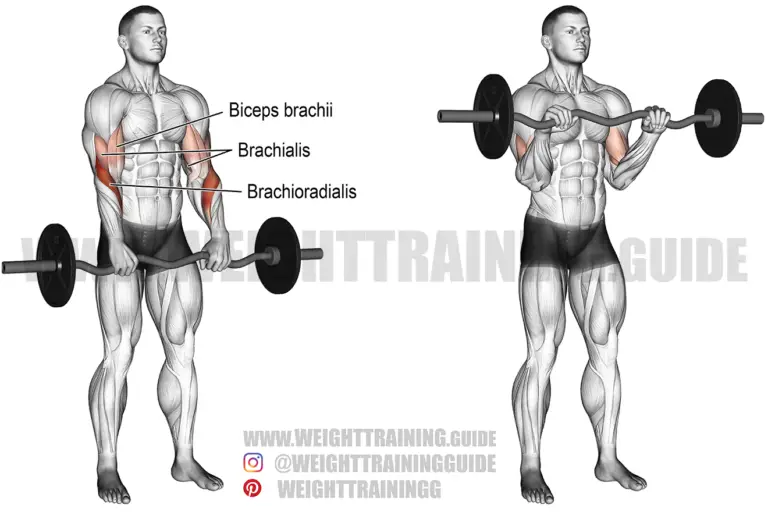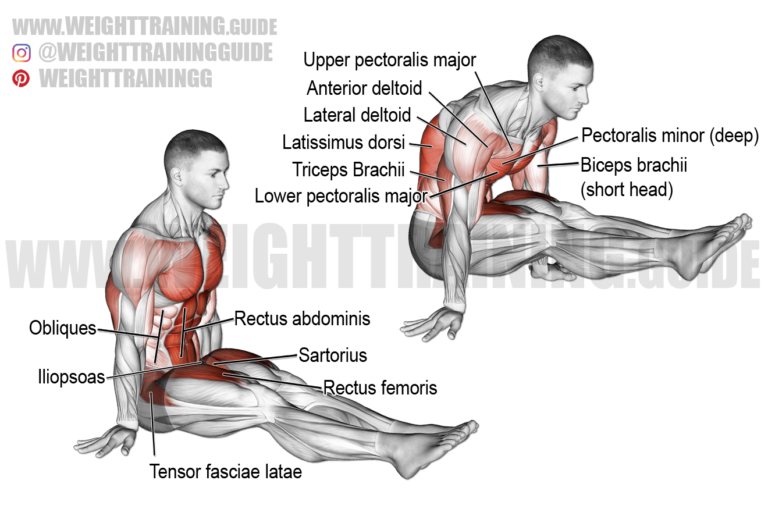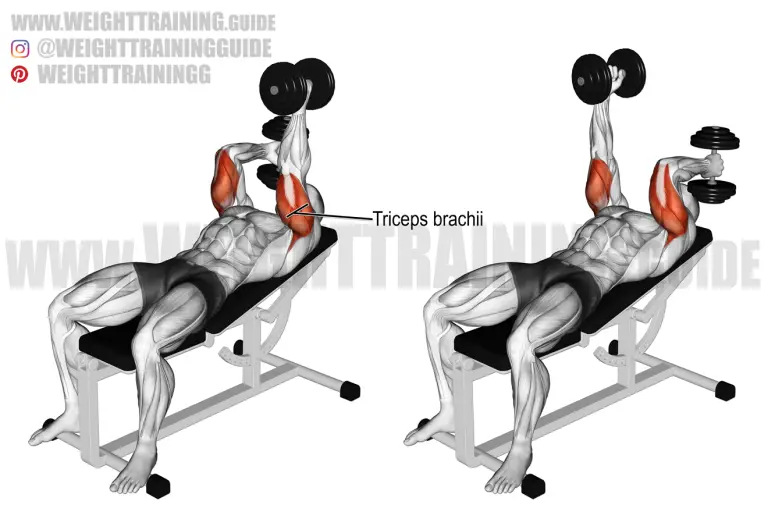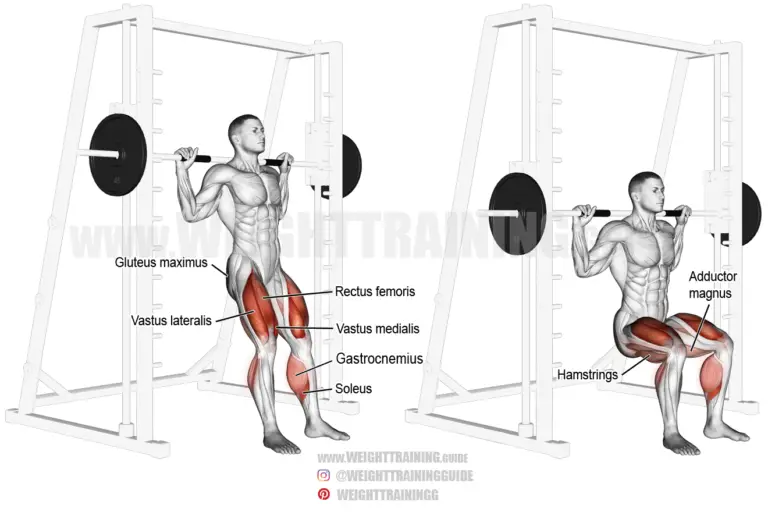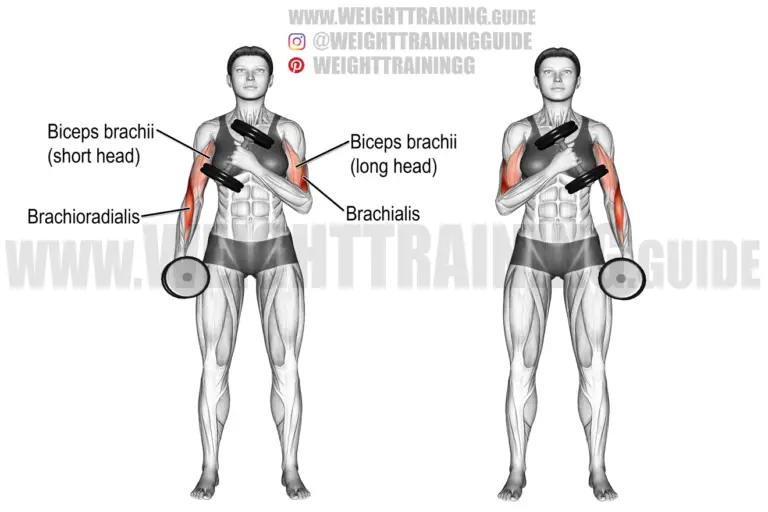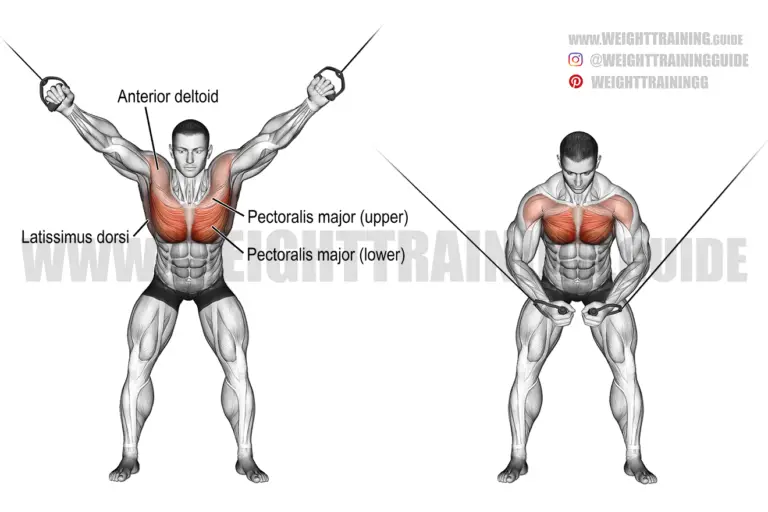Weighted hanging leg and hip raise
Exercise details
- Target muscle: Rectus Abdominis
- Synergists: Iliopsoas, Tensor Fasciae Latae, Pectineus, Sartorius, Adductor Longus, Adductor Brevis, Obliques
- Dynamic stabilizers: Rectus Femoris
- Mechanics: Compound
- Force: Pull
Starting position
- Using an overhand grip, hang from a high bar with a medicine ball or dumbbell between your feet.
Execution
- Exhale as you bring your knees up to your chest by flexing your knees, hips, and waist.
- Hold for a count of two.
- Inhale as you slowly lower your legs down to the starting position.
- Repeat until you meet the desired number of repetitions
Comments and tips
- Master proper form by performing the hanging leg and hip raise first before attempting the weighted hanging leg and hip raise. Poor form coupled with the extra weight may lead to injury.
- Begin with light weights and gradually add more weight as your body becomes accustomed to the exercise.
- Perform the exercise in a controlled manner. Do not swing or use momentum.
- To dynamically activate your abdominals and obliques, be sure to flex your waist at the top of the movement. Otherwise, your abs and obliques will only work as stabilizers.
- Flexing your waist is what makes the hanging leg and hip raise different from the hanging leg raise, which primarily works the hip flexors, especially the iliopsoas.
- A good alternative to the weighted hanging leg and hip raise is the weighted captain’s chair leg and hip raise. The captain’s chair provides support to your lower back, which helps to prevent it from hyperextending.
Weighted hanging leg and hip raise
This video has a limited view of the demonstrator’s lower body when he’s fully standing. However, you should be able to see the difference between the first repetition, where he only lifts his knees, and the subsequent repetitions, where he also flexes his waist at the top of the movement.


